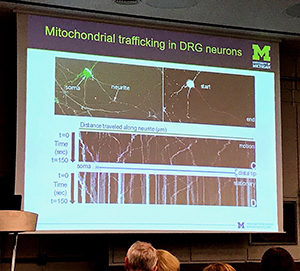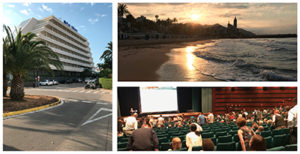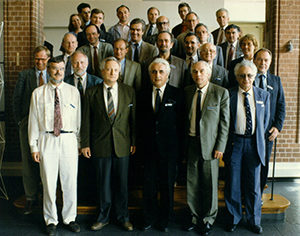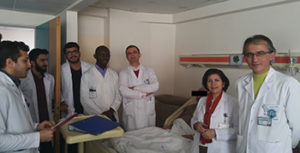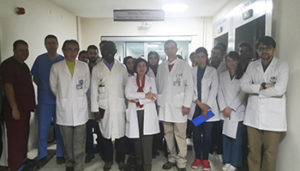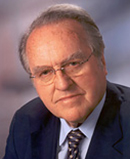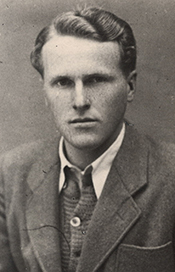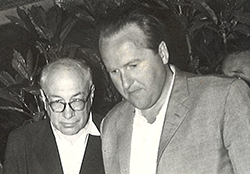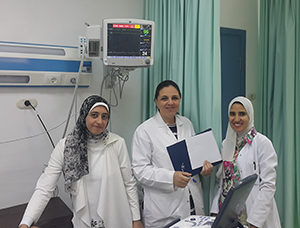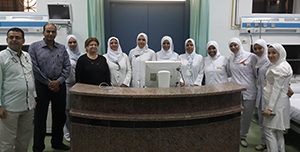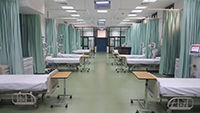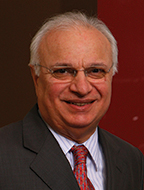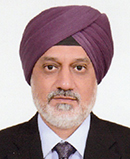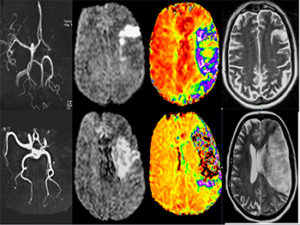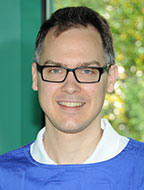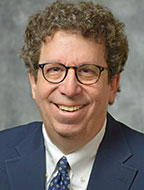WFN Junior Traveling Fellowship Award Recipient
By Oluwatosin Olorunmoteni
I am delighted to present my report on Sleep 2017. I had the privilege of attending this meeting through the sponsorship provided by the WFN as a recipient of a Junior Traveling Fellowship Award.
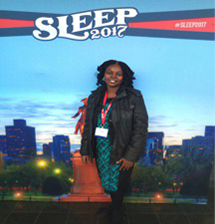
Oluwatosin Olorunmoteni at Sleep 2017 in Boston, Massachusetts.
Sleep 2017 was the 31st annual meeting of the Associated Professional Sleep Societies, LLC (APSS) comprising the Sleep Research Society (SRS) and the American Academy of Sleep Medicine. Although I developed interest in pediatric sleep medicine during the course of my training in pediatric neurology, I have not been able to take formal training in sleep medicine or attend a conference on sleep. I am exceedingly grateful to the WFN for making this dream come true.
Sleep 2017 was held June 3-7 at the Hynes Convention Center in Boston, Massachusetts. It was an educational and impactful experience for me.
On Saturday, June 3, I attended a half-day postgraduate course on EEG Essentials for the Sleep Practitioner. Following that, I had the privilege of participating in the SRS Leadership Workshop. The educational programs organized by SRS continued on Sunday, June 4, with the Trainee Symposia Series. These two trainee development programs by the SRS were my best sessions at the meeting as I had the privilege of meeting and learning from leaders in the field of sleep medicine. I also had opportunities of networking with colleagues.

Oluwatosin Olorunmoteni presented her abstract.
I presented my abstract on Monday, June 5. More than 1,200 abstracts were presented at Sleep 2017.
The abstract presentation afforded me the opportunity to meet specialists and colleagues in sleep medicine working on similar research areas. I also met a number of Nigerians in the diaspora. They suggested many ideas that can improve my future research. I also discussed the need for a sleep lab in my institution with many of them, and they offered useful suggestions on the way forward.
Sleep 2017 had many educational opportunities, which were highly beneficial especially for young professionals like me. There was never a dull moment as I attended sessions that included Invited Lectures, Conversation with Experts, Symposia, and Oral and Poster Presentations. I learned a lot from the pediatric sleep sessions, where discussions on actigraphy, pediatric narcolepsy, school start times, and parasomnias were discussed.
A major benefit of attending Sleep 2017 for me was the opportunity to visit the Boston Children’s Hospital where I saw the sleep lab. It further increased my quest to intensify efforts to get a functional sleep lab in my institution.
Despite the rainfalls, I was able to visit downtown Boston during the week. I also joined SRS trainees for a time out at the kickball game on Saturday.
I left Boston on Wednesday, June 7. I felt excited and fulfilled because Sleep 2017 was my best conference ever! I am grateful to the WFN for giving me this opportunity.
Oluwatosin Olorunmoteni is from Obafemi Awolowo University in ILE-IFE, Nigeria.
